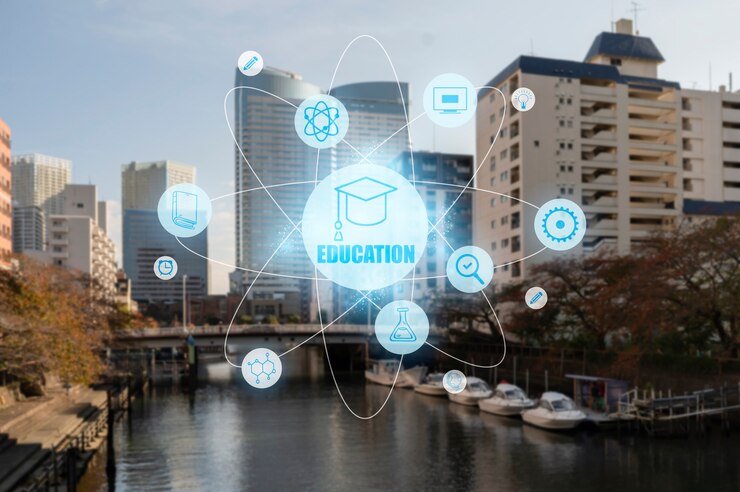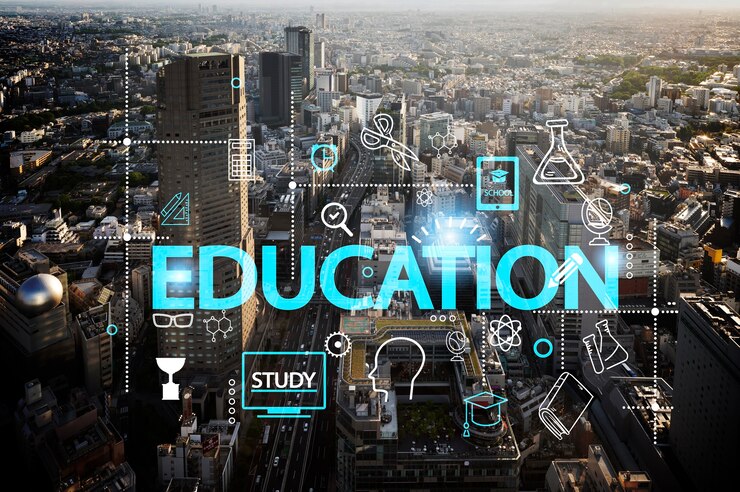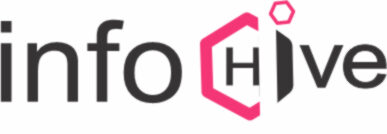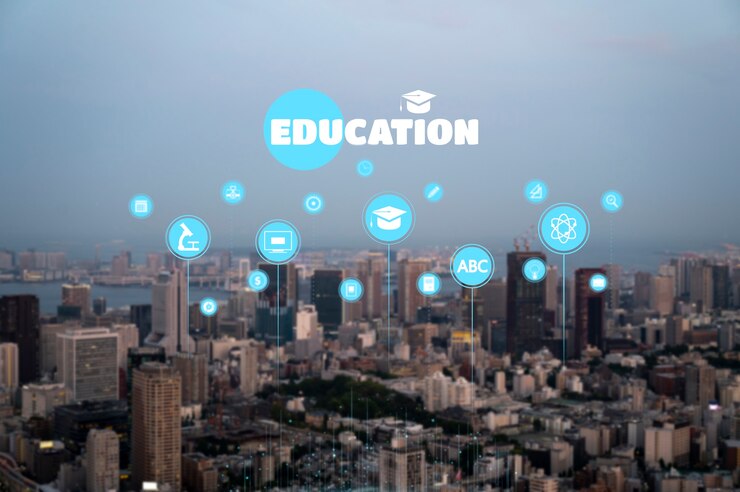In the current generation, the network is more crucial in learning as the world progresses with technological advancements. Standing on the edge of a high-stake digital era, educational connectivity is an essential agent for change in how learners obtain information and communicate with their peers and instructors. This article explores the various dimensions of education connectivity, its importance, its various associated problems, and the prospect of connected learning environments.
Understanding Education Connectivity
Education connectivity can be defined as using technology, the Internet, and digital resources in the education system. This connection allows students, educators, and institutions to interact and share information and knowledge to enhance learning. Since the development of education technology, trends include distance learning, virtual learning, and other online classes and teaching tools.
The Rise of Digital Learning

In the last twenty years, technological advances have caused radical shifts in teaching and learning through digital learning. With the internet and technological developments, traditional classrooms have become active learning environments. Now, with online courses, webinars, and many educational apps, students do not have to be bound by books or the classroom. However, they have access to a well of information that is beyond the reach of ordinary folks.
This shift calls for education connectivity as a way forward. If and when students and educators can connect to the Internet and tools, they can have higher-quality teaching and learning experiences. For instance, the Khan Academy, Coursera, and Edmodo provide learners with educational resources and an interaction space for learners.
The Importance of Education Connectivity
Education connectivity is essential for several reasons:
1. Access to Resources
Information becomes critical in a globalized environment. Education connectivity ensures students can access information and materials from environments other than their own. This is especially so, as many students in remote or hard-to-reach areas may need access to quality learning resources. If the children have a dependable internet connection, they can enrol in online classes, borrow books, or use other educational resources.
2. Enhanced Collaboration
One of the defining aspects of education connectivity is work and team collaboration. Individual learners can collaborate with other students on assignments, discuss ideas, and give feedback over the Internet. This collaborative spirit helps develop teamwork and cooperation skills crucial for a society that is becoming a global village. In addition, educators can communicate with colleagues from different parts of the world, exchanging experiences and ideas for practical teaching approaches.
3. Personalized Learning
Education connectivity allows students within a group or class to receive instruction befitting their own needs. When the teachers access such learning technologies, they can quickly determine which aspect of learning needs reinforcement and which needs more challenge. This way of delivering information increases learners’ interest and helps improve training results, as everyone can study at their own pace.
4. Continuing Education Programs
In an era where knowledge is continuously evolving, education connectivity fosters continuity of education. Computer-based classes and continuing education enable people to receive new information and learn new knowledge in their lifetime. This accessibility is essential in today’s fluid job market, where skill upgrades may be required in the course of one’s working career.
Obstacles to Education Connectivity

However, like all other education solutions, education connectivity has limitations that can hinder the achievement of connected learning environments.
1. Digital Divide
A major concern in such a context is the digital divide. Not every learner can access the Internet or any digital device as a learning tool. Socioeconomic status determines the kind of educational opportunities different individuals will get, resulting in social inequity. Closing it, therefore, needs a collective endeavour of governments, schools, and communities to ensure students in need have the appropriate tools to work with.
2. Technological Literacy
However, it is also essential to focus on adequate qualitative utensils so students and tutors can use the technologies smoothly. Connectivity of education means technological literacy in the framework of the learning process. Lack of preparation for students and teachers may lead them to fail in achieving the full potential of the technology resources in the class.
3. Privacy and Security Concerns
With the increase in education connectivity, privacy and security issues have become important topics of discussion. The growing popularity of the Internet calls into question the protection of personal data and the safety of individual information. These negative aspects are accurate, and educational institutions must put in place the necessary measures to protect themselves and their students from the risks affecting the use of technology in education.
Education Connectivity: Future Perspective
The possibilities of connecting education in the future are high. Some development trends and innovations are expected to define education.
1. Expansion of Online Learning
The COVID-19 epidemic forced online learning, and this pattern will remain in force. Learning institutions are adopting blended models that include face-to-face and online learning. This kind of flexibility is more liberal and opens the classroom door to the students’ different talents.
2. The Use of Artificial Intelligence
AI is gradually penetrating almost all industries, including the educational sector. There is a possibility of developing special AI-assisted tools that will be able to analyze the data on the student’s performance and suggest particular changes and improvements. Individuals or institutions using these technologies can assist educators in the early detection of students at risk to gain improved education.
3. Increased Focus on Social-Emotional Learning
With an expansion of education connectivity, more concern is placed on SEL or social and emotional learning. Due to the realization of the need for the emotional aspect in the learning process, educators have embraced SEL. SEL can be supported through an online platform by offering students the necessary resources in case they face difficulties emotionally.
4. Global Learning Communities
Education connectivity is about the development of global learning communities. Students can interact with other students from different cultures and learn how their culture differs from others and how they can work together. These connections make the educational process more valuable and help students prepare for the global world.
Initiatives to Enhance Education Connectivity

1. Public and Private Sector Partnership
Governments are required to engage the private sector in enhancing digital connectivity to enhance the education connectivity scenario. For example, government-sponsored partnerships with private organizations can lay the internet infrastructure in such regions, resulting in more student access to online learning. Governments can also set policies that encourage telecoms to reduce the cost of the Internet for use in education.
2. Ownership of Digital Devices
Several educational and non-profit organizations have initiated programmes to provide computers, including laptops and Tablets, to children with none. These measures guarantee that every child has all the materials for online learning. However, getting the most out of those devices has become obligatory by offering technical support and training to students and educators.
3. Focus on Digital Literacy
The second component of education connectivity is digital literacy. The public needs to have proper skills in handling the virtual space. Schools should, therefore, embrace teaching and training students on digital literacy from a tender age and make sure that they get familiar with the tools they will be using online, online communication methods, and safety measures on the World Wide Web. This will assist them in becoming proficient digital learners and ready for the future workforce.
Conclusion:
Education connectivity constitutes a radical model shift in the learning and teaching process. Technology must be embraced if we are going to fashion effective and fair learning atmospheres for learners of every calibre. However, coping with the problems connected with connection is essential for all learners to embrace these innovations.
Education stakeholders—governments, teachers, parents, and students—must address the digital divide, improve technological competencies, and pay attention to privacy and security on the way forward. Together, we can bring people, make education connectivity part of everyone’s learning process, and make the overall plan possible.
This is a new area where education connectivity is the only hope for future generations and opening the doors of opportunities.



